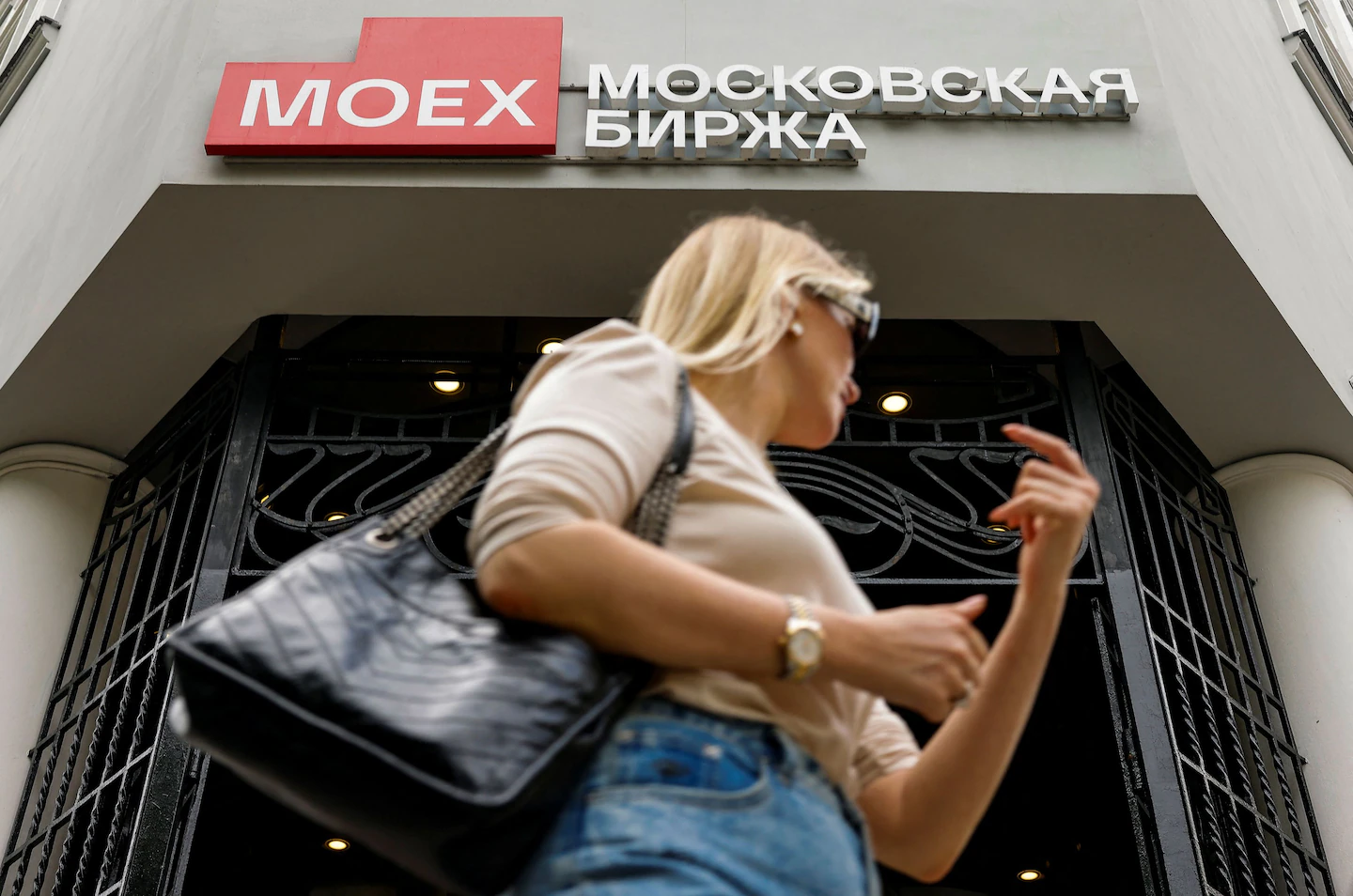Wartime economy pushes Russia toward deeper consolidation
Russia’s financial system is tightening under wartime conditions, with deeper capital controls, rising sovereign-debt absorption by banks and growing directed lending. Stability now depends on financial repression rather than market-driven resilience.

Russia’s financial system is entering a new phase of wartime consolidation marked by tighter capital controls, heightened state direction of credit, and an expanding role for domestic banks in absorbing economic stress. While official messaging continues to emphasise stability and resilience, underlying structural indicators show that the country is becoming increasingly dependent on financial repression—administrative constraints on capital flows, controlled interest-rate transmission, and directed lending—to manage the macroeconomic effects of prolonged military expenditure and sanctions.
The mechanism driving this consolidation is rooted in three interlocking pressures. First, Russia’s fiscal deficit is widening faster than previously forecast. War-related spending in defence procurement, logistics and industrial conversion has consistently exceeded budget envelopes. With oil-price caps constraining export revenues and discounting widening against Brent, the government is pushing banks to absorb more domestic debt issuance. This raises duration risk in the banking system and concentrates sovereign-balance-sheet exposure at institutions already facing liquidity demands from corporates adjusting to sanctions.
Second, capital outflows remain significant even under strict controls. The state has tightened rules on dividend repatriation, cross-border settlements, and FX purchases to stem ruble volatility. These measures have stabilised short-term flows, but they create distortions in corporate treasury operations and weaken long-term investment incentives. Russia has increasingly pushed exporters—particularly in energy, metals, agriculture and chemicals—to convert foreign-currency earnings into rubles to support domestic liquidity. This “administrative FX stabilisation” provides temporary relief but narrows the system’s flexibility in responding to external shocks.
Third, Russia’s withdrawal from global capital markets has forced the financial system to internalise risks that would normally be distributed through foreign investors. Sanctions have restricted access to global equity, bond and derivatives markets, compelling domestic institutions to absorb refinancing needs and provide credit to sectors undergoing rapid industrial reconfiguration. Directed lending—financing aligned with state priorities rather than market signals—is rising, particularly in defence-adjacent industries, logistics networks, and domestic manufacturing meant to replace foreign components. While this supports production in the short term, it can impair asset quality if firms fail to remain commercially viable beyond the war cycle.
The result is an accelerating bifurcation between Russia’s headline financial stability and its underlying fragility. Nominal indicators—bank profits, loan growth, and capital adequacy—appear stable, aided by financial repression, regulated interest-rate spreads and state guarantees. But second-order indicators tell a different story: rising NPL risks in SMEs exposed to logistics disruptions, weaker profitability in export sectors hit by lower global prices, and growing rollover pressures as banks accumulate long-duration sovereign paper under conditions of uncertain medium-term inflation.
The ruble’s trajectory is another stress point. While administrative FX measures have slowed immediate depreciation, the currency remains structurally fragile due to reduced hard-currency inflows, sanctions on energy shipments, and rising import needs for industrial components redirected from China, India and the Middle East. A weaker ruble supports fiscal revenues via higher nominal oil receipts, but it increases inflation risks and complicates monetary-policy transmission. The central bank faces a difficult trade-off: raising policy rates to control inflation would tighten credit conditions, but maintaining accommodative rates risks further depreciation and imported inflation.
For the corporate sector, financing conditions are becoming more differentiated. Large state-affiliated firms retain preferential access to credit and liquidity support, while private mid-sized companies face higher borrowing costs and stricter collateral requirements. Foreign companies still operating in Russia face heightened uncertainty over asset valuations, dividend transfers, and potential nationalisation—especially as the state increasingly intervenes in firms deemed strategically relevant.
Forward indicators to watch include: (1) the pace of sovereign domestic debt issuance; (2) real interest-rate trends; (3) the ruble’s FX conversion ratios; (4) bank NPL metrics; (5) capital-account restrictions on corporate FX operations; and (6) industrial output in defence-linked sectors. These will determine whether Russia can sustain its current model of state-directed financial stabilisation into 2026.
Russia’s financial system is stable in appearance but increasingly brittle underneath—a structure held together by administrative controls, constrained capital mobility and rising state reliance on domestic banks. The Citi–Renaissance transaction fits within this broader trajectory: a financial system consolidating inward, under pressure, and managed with growing political intensity.





